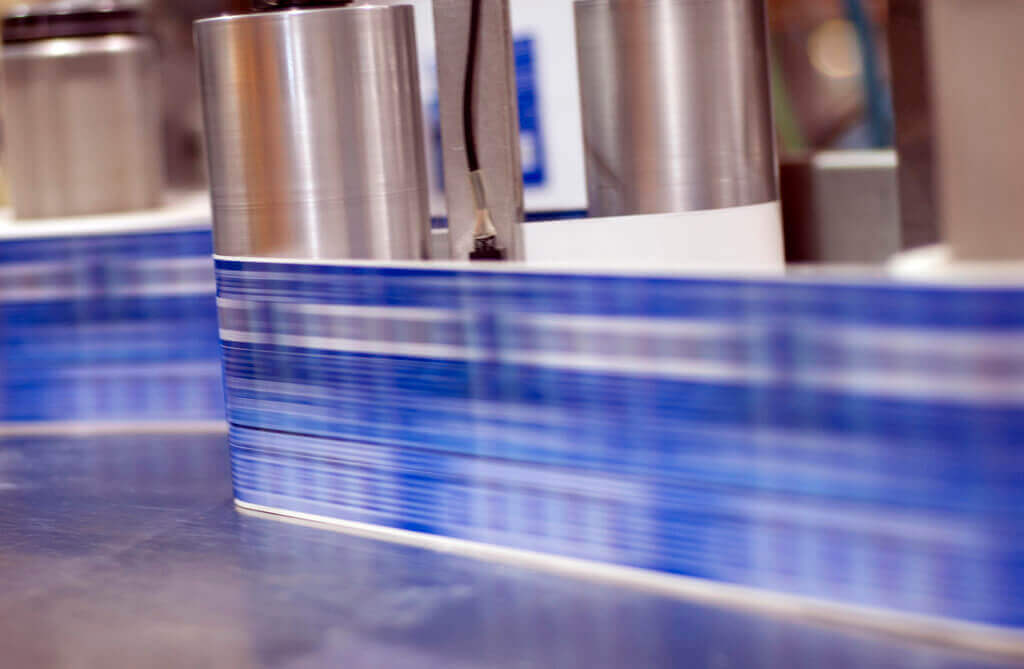Do you want to print labels faster? Yes, most companies do. Faster print speeds ultimately create efficiency. To help your company achieve this labeling goal, TEKLYNX has developed three labeling best practices focused on streamlining printing processes. Let’s start with an essential best practice, focusing on the key element affecting print speeds: communication.
Labeling Best Practice #1 – Optimize software to printer communication
Much like in life, without clear communication, it’s difficult to work efficiently. Have you ever had to write a report where the requirements weren’t clear? You probably had trouble writing because you didn’t know how long the report should be or what information to include. Similarly, your label design software communicates label requirements to your printer. When this communication is unclear, it slows down your printing process.
To optimize the communication between your software and printer, the TEKLYNX’ embedded printer drivers ensure crystal clear communication by using the native language of the printer. With “What You See Is What You Get” WYSIWYG label printing, you can design and print quickly. No need to repeat the process of design, print, correct the design, reprint, and repeat. Just design, print and you’re done!
Additionally, use printer resident fonts, which are fonts installed on the printer instead of on the computer. When using non-printer resident fonts, letters and numbers are sent as font images, which increases the amount of data transferred during print time. More data means more time wasted printing.
Communication is key for increasing print speeds, and another way to print faster revolves around how you’re adding data to your labels, which brings us to the next best practice.
Labeling Best Practice #2 – Set up forms for print users
In many organizations a user opens the label in the label designer, edits the text, updates the barcode fields on the label, and then prints the label. You can design a form in the labeling software that allows users to easily enter the data at the time of print.
A form helps the print user move quickly through the printing process, while also avoiding unintended edits to the label design, decreasing the chance of human error. TEKLYNX’ label design software, CODESOFT, comes with form designer tools you can leverage to implement this best practice into your company’s labeling process.
Now that your software and printer speak the same language and you’ve set up a form for label data entry, it’s time to evaluate the printing process itself, which is the third best practice.
Labeling Best Practice #3 – Print from the Internet
Using a browser printing interface to print labels across your organization drastically reduces the amount of time it takes to print. This method bypasses the need to open the label design software. Rather, users find the correct label by typing in a unique identifier for the label. For example, a part number or order number is selected through the browser interface. The labeling system then gathers the necessary information from the connected data sources and routes the print job to the printer.
TEKLYNX CENTRAL is an enterprise label management solution that enables a configurable browser printing interface, which makes it easy to quickly print from anywhere in the world! This feature makes it easy to integrate supplier networks, creating further ease in the supply chain labeling process.
Effective label setup, streamlined communications, user interactions, and accessibility tie directly to your print and labeling process efficiency. The best practices in this article, along with other strategies to help your company label better, can be found in the TEKLYNX Best Practices for Barcode Labeling eBook.
By following the best practices of optimizing software to printer communication, setting up forms and printing from the internet, you are on the right path to boost the speed of your label printing process!
Source: TEKLYNX Americas

